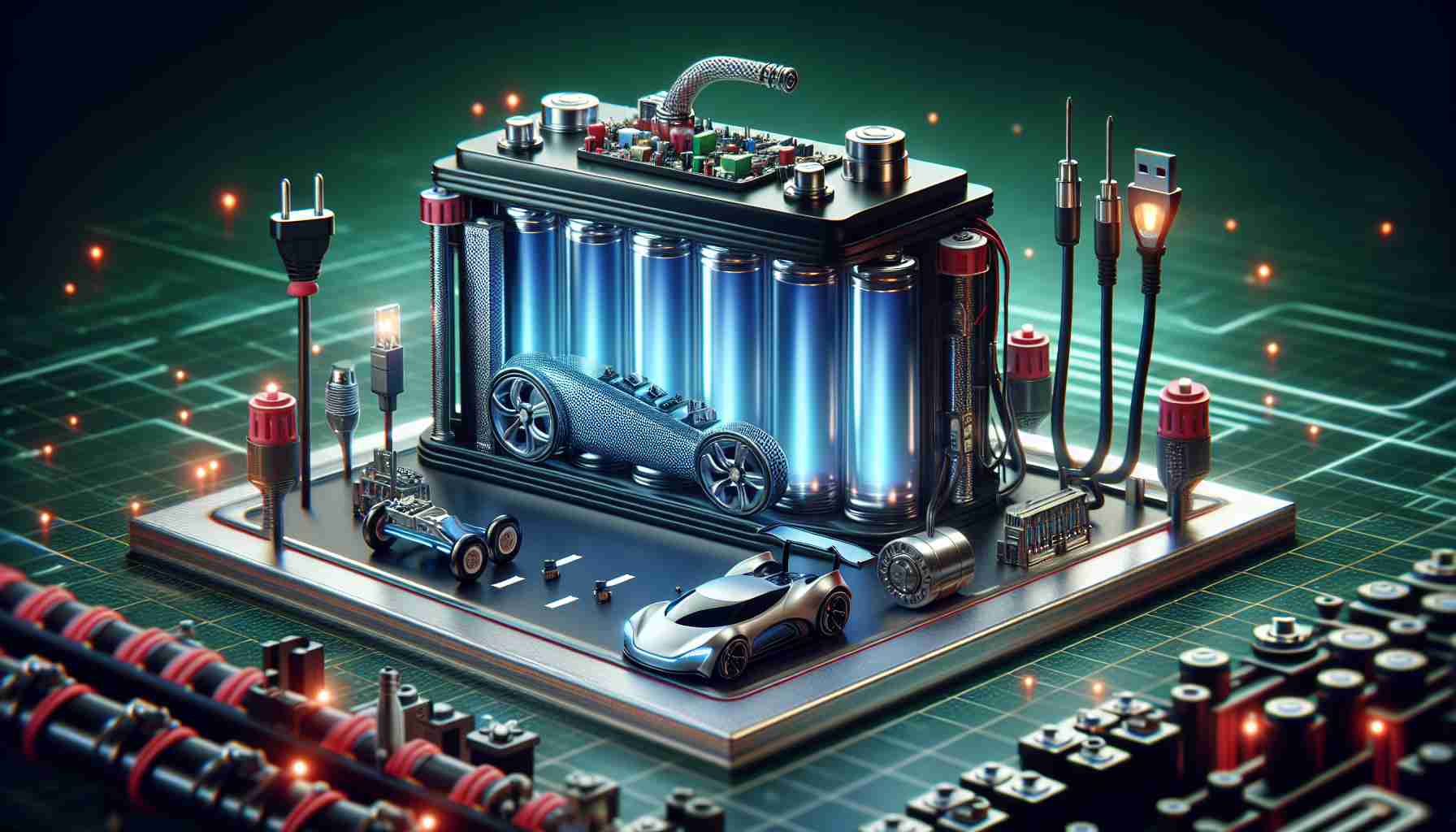Nanoelectrofuel flow batteries are at the forefront of a new revolution in comparison to traditional flow batteries, increasing their energy density through the use of nanomaterials, reports IEEE Spectrum. Their development is supported by the US Defense Advanced Research Projects Agency.
Although the technology is still two years away from powering electric vehicles and energy grids, it offers significant advantages over flow batteries and lithium-ion batteries, which are currently the industry standard in electric vehicles and electronic devices.
IEEE Spectrum highlights the potential of nanopower in stabilizing energy supply, providing reliable power, and strengthening the grid using backup energy sources. The battery is compact enough to be used in electric vehicles, while also being energetically dense enough to provide a range and fast charging comparable to vehicles with gasoline engines.
Influit Energy, a startup dedicated to bringing nanoelectrofuel flow batteries to the market, is using government contracts to enhance nanopower fuel, battery architecture, and charging/delivery systems, according to IEEE Spectrum.
John Katsoudas, co-founder and CEO of the company, told the magazine that the technology can store 15 to 25 times more energy than traditional flow batteries, while also being cheaper and more durable. The new batteries may even surpass lithium-ion cells.
“Influit is currently developing a battery with a potential energy density ranging from 550 to 850 watt-hours per kilogram or more, compared to 200 to 350 watt-hours/kg for a standard lithium-ion battery in an electric vehicle,” stated IEEE Spectrum.
The project is fire-resistant and allows for the quick replacement of used nanopower fuel – up to 400 liters (106 gallons) in just five minutes, also reported by IEEE Spectrum. These features have attracted interest from the military, which is driven by the established deadlines of introducing electric supply vehicles and tactical vehicles by 2030 and 2050, respectively.
This technology and its safety may prove particularly suitable for the production of electric aircraft.
“You don’t need high-power cables, and there are no issues with electromagnetic interference,” said Starr Ginn, Chief Advanced Air Mobility Strategist at NASA. “Nanopower still meets all those requirements and eliminates the challenges associated with building electric aircraft.”
However, this technology will have to compete with the development of lithium-ion batteries and other types of batteries. As the magazine points out, there is information about a lithium-ion battery with an energy density of 711 watt-hours/kg and a lithium-manganese-iron battery that can power an electric vehicle for 1000 kilometers (621 miles) and last 130 years. Sodium-ion, graphene-based, and solid-state batteries are also under consideration.
Subscribe to our free newsletter to receive weekly updates on the latest innovations that improve our lives and save our planet.
FAQ Section based on the main topics and information presented in the article:
1. Question: What are the advantages of nanoelectrofuel flow batteries compared to traditional flow batteries and lithium-ion batteries?
Answer: Nanoelectrofuel flow batteries have a higher energy density due to the use of nanomaterials, making them more efficient. They are also small enough to be used in electric vehicles while providing a range and fast charging comparable to vehicles with gasoline engines.
2. Question: What is the potential application of nanoelectrofuel flow batteries?
Answer: Nanoelectrofuel flow batteries have the potential to stabilize energy supply, provide reliable power, and strengthen the grid using backup energy sources.
3. Question: What are the anticipated benefits of using nanopower fuel?
Answer: Up to 400 liters (106 gallons) of nanopower fuel can be replaced within five minutes, making it a fast and efficient process. Additionally, the military is involved in the technology due to established deadlines for introducing electric supply vehicles and tactical vehicles.
4. Question: What are the advantages of nanoelectrofuel flow batteries in the context of electric aircraft production?
Answer: Nanopower is suitable for electric aircraft production as it does not require high-power cables and eliminates electromagnetic interference issues.
5. Question: Do nanoelectrofuel flow batteries face competition from other types of batteries?
Answer: Yes, they have to compete with developing lithium-ion batteries, sodium-ion batteries, graphene-based batteries, and solid-state batteries.
Key term definitions or jargon used in the article:
– Nanoelectrofuel flow batteries: New technology of flow batteries that increase energy density through the use of nanomaterials.
– Energy density: The amount of energy a battery or accumulator can store.
– Lithium-ion batteries: A type of battery currently used in electric vehicles and electronic devices.
– Nanopower fuel: Fuel used in nanoelectrofuel flow batteries.
– Influit Energy: A startup dedicated to bringing nanoelectrofuel flow batteries to the market.
Suggested relevant links to the main domain (not subpages):
– IEEE Spectrum
Subscribe to our free newsletter to receive weekly updates on the latest innovations that improve our lives and save our planet.
[embedded content](https://www.youtube.com/embed/qfdMH2UJ_MM)
The source of the article is from the blog elblog.pl
